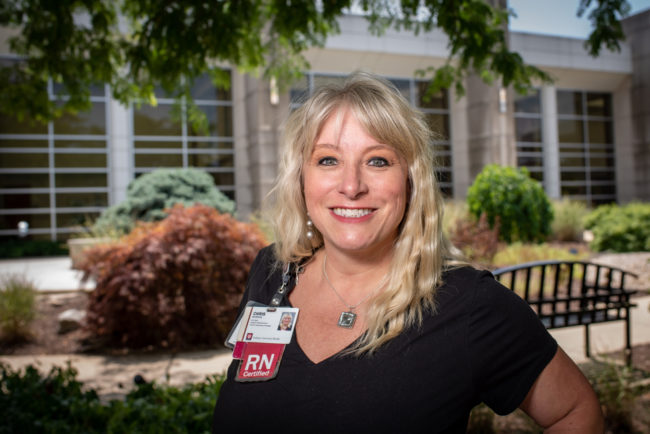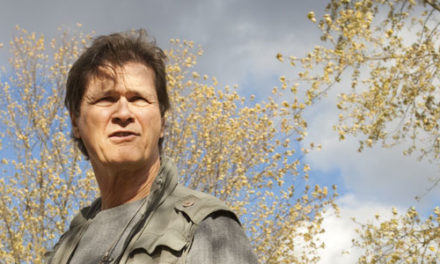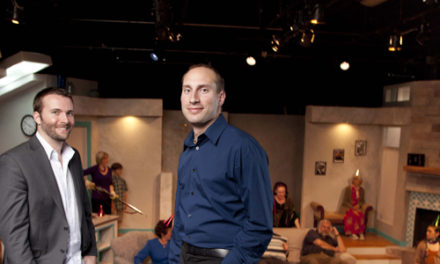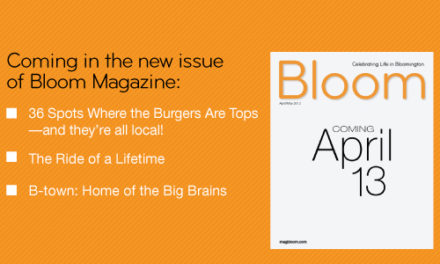
by SUSAN M. BRACKNEY
Registered Nurse Chris Morron has eyes on everything from pre-admission testing to post-anesthesia care. A manager in surgery administration, Morron has been with Indiana University Health Bloomington Hospital for 26 years. So when go-time came to prepare for an influx of coronavirus cases, she was a natural. “I helped build the surge plan—but not by myself!” she asserts. “There was a huge team.”
That team needed to amass critical equipment post-haste. “We went to Ivy
Tech and IU nursing schools and took their beds,” Morron says. “We took their training ventilators, their bedside commodes, their bedside tables—and we’re now returning that equipment, because they’re hoping to go back in the fall.”
A concurrent reduction in elective procedures meant the team could borrow staffers, too. “We pulled our surgery, our pre-op, and our recovery room staff,” Morron says. “They started helping in Critical Care … watching the donning and doffing of PPE [personal protective equipment] to make sure every team member was safe getting in and out of COVID rooms.”
The area community also assisted—and continues to do so. Restaurants donated meals for front-line caregivers, businesses provided extra N95 masks, locals sewed cloth face coverings, and, particularly meaningful to Morron, churches held parking lot prayer vigils.
“We know people died, and not being able to get to churches and not being able to pray was really hard,” she says. “We know several family friends who had deaths during this COVID [surge] and we couldn’t go to their funerals. Those types of things were heart-wrenching.”
But it hasn’t been all doom and gloom. “My favorite part of this—if there is a favorite part—is that we’ve celebrated the COVID patients when they left,” Morron says. “When somebody survives COVID who had been hospitalized, that’s pretty awesome.”
The hospital’s COVID surge plan includes five phases. “Phase 1 is kind of normal business moving up through 5, meaning we are busting at the seams,” Morron explains. “We started prep for Phase 2, but we never got out of Phase 1.”
At least not yet. “When 40,000 students come back to IU and kids go back to school this fall, that could change the landscape,” she says. Nevertheless, Morron concludes, “We’re still prepared. At any moment we could ramp up or down.”















